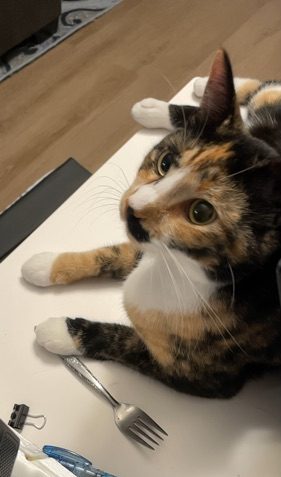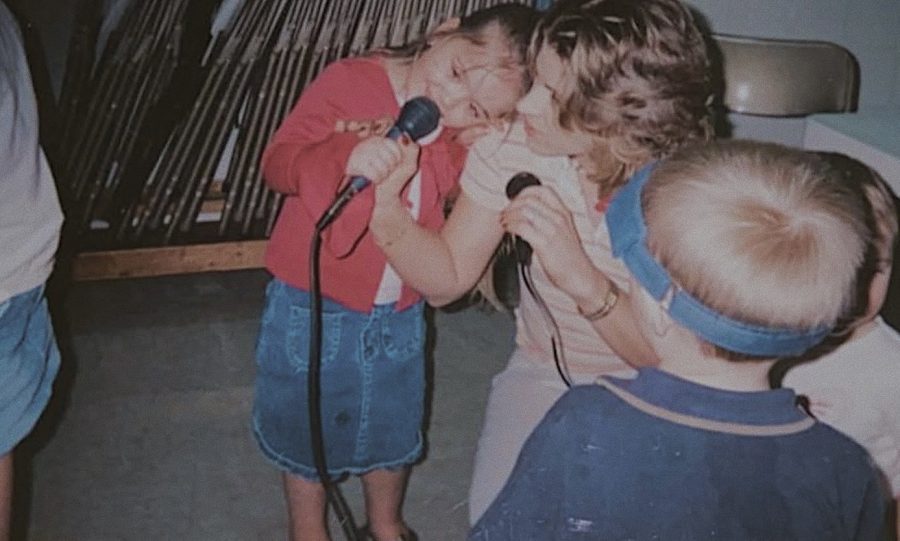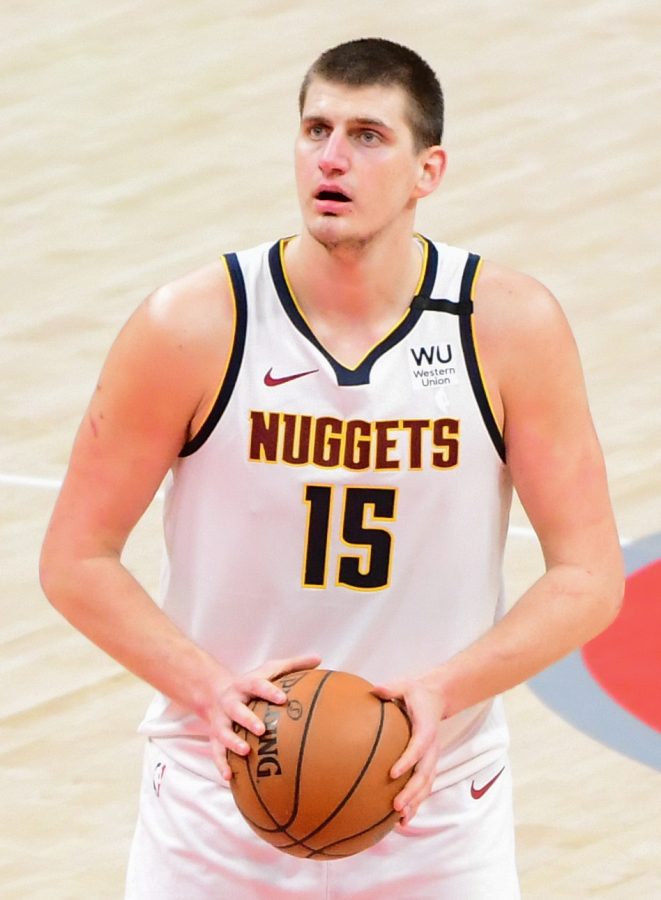 As students, we are ideally striving to learn and better ourselves as professionals in order to get “that” job once we’re finally able to close our textbooks for the last time, turn in our last final exam and walk across that stage.
As students, we are ideally striving to learn and better ourselves as professionals in order to get “that” job once we’re finally able to close our textbooks for the last time, turn in our last final exam and walk across that stage.
Naturally, we turn to IU Southeast, our prospective alma mater, for support in our journey to graduation.
However, not necessarily all students and academic departments feel that kind of support from IU Southeast. For example, for The Horizon, equipment is extremely limited.
In a field that is constantly changing, these technological limitations hinder journalism majors — not only as students but as professionals, as well.
If we don’t gain experience with the equipment necessary for our careers while in college, how does that look to future employers? More importantly, how does that reflect upon IU Southeast as an institution of higher education if not all of their students are being educated in the ways they need to be?
Area high schools are better equipped to educate journalism students than IU Southeast is, particularly in the field of broadcast journalism.
Many of us are familiar with New Albany High School and 88.1 WNAS, their live, student-run radio station.
New Albany also has WNAS TV, their television broadcast. These are providing high school students with practical, hands-on experience in broadcast that is lacking for journalism students at IU Southeast.
High schools, such as New Albany High School, that have broadcasting such as this in their curriculum provide their students with all the necessary equipment to do so.
They have large, legitimate broadcast studios equipped with studio-quality cameras, professional lighting equipment and full editing rooms that contain editing equipment no journalism major at IU Southeast would have the opportunity to master on this campus.
Until recently, The Horizon Newscast staff was functioning with a wall painted green, residential lamps, a backward computer monitor and two hand-held camcorders that often chose to work only part-time — as opposed to an actual green screen, a professional lighting system, a teleprompter and studio cameras. Not to mention the fact that radio broadcast isn’t even offered here.
Journalism majors are a rare breed at IU Southeast with about 70 students currently enrolled in the bachelor’s program. The low numbers are likely related to the lack of resources available to these students.
In contrast to journalism enrollment here, Floyd Central High School alone has 98 students enrolled in their mass media departments, which include both TV and radio broadcasts.
Although IU Southeast is the only university in the area offering a journalism degree, students graduating high school with an interest in journalism seem to be passing on IU Southeast as a college career choice.
In hindsight, if the university is the only one in the area offering a degree in a field, it should have a monopoly in enrollment.
A survey of local high school mass media programs found students would be more likely to choose IU Southeast if the media programs offered more. Unfortunately for IU Southeast, that simply isn’t the case.
Area high school students interested in this field often choose to go to universities with vast journalism departments, such as Ball State University, to pursue their degrees.
What happened to “Excellence, close to home”?
The solution for IU Southeast is to better-support smaller programs like journalism. This support includes everyone on campus — administration, the Student Life Committee and the School of Social Sciences — equally.
No, we’re not ranked in the top 20 in the country like the School of Business, and we barely have a percentage of the enrollment numbers the Department of Education has, but we do a lot with what little we do have.
One can only imagine what we could produce if we had the same resources available to us that the students of NAHS or FCHS do.
Many don’t realize as of fall 2010, The Horizon newspaper and The Horizon Newscast are now separate groups with separate advisers. However, the two groups continue to share an office and many times butt heads for use of the equipment and space in that small area. Meanwhile, the Student Government Association enjoys three different offices in University Center in order to accommodate their members.
The Horizon and the entire Journalism Program need to experience an overall expansion at IU Southeast. This isn’t just in reference to space that is desperately needed for a newscast studio and/or office, but also increasing the number of full-time professors teaching our journalism students.
Although we only have 70 majors, there are only two full-time professors available to those 70 students.
Another professor would insure each student receives the one-on-one time with professors that IU Southeast boasts for being a small campus.
By DESIREE SMITH
Newscast Editor
demismit@umail.iu.edu






